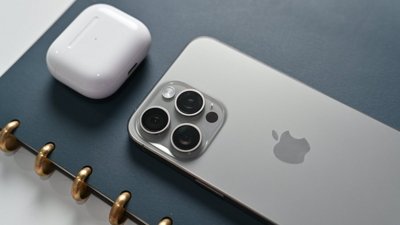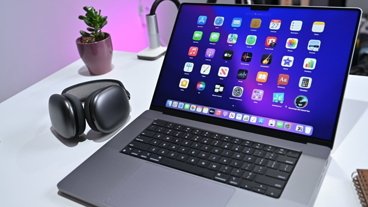Oura Ring review: a good complement to the Apple Watch
Oura Ring
4.5 / 5AppleInsider reviews the Oura Ring, a fashionable wearable that tracks key sleep measurements and can alert you to subtle health or bodily changes.
The Oura Ring is a sleep, readiness, and activity tracker that slips on your finger. You can wear it day and night, while you're working, swimming, or bathing. It isn't much larger than a regular ring, and nobody will suspect it's a piece of advanced technology.
Oura doesn't keep tabs on as many daytime measurements as the Apple Watch, but it is a good complement to Apple's wearable. For starters, it has better sleep tracking. It also has more consistent heart-rate variability (HRV) sensing, something we'll come back to later in this review. Perhaps best of all, the companion iPhone app wraps your data in a friendly and easy-to-understand package.
Oura Ring: Styles, buying, and setup
You can order Oura in one of two different styles — Heritage and Balance — and various colors. The model pictured in this review is Heritage Stealth, a titanium build with one flattened edge and a dark-gray matte finish. The main difference with the Balance design is that it has a single point instead of an entire flat edge. Both versions have the same technology and feature set, so your decision comes down to which design you like best.
When you order a ring, the company first ships you a kit that includes plastic rings in different sizes. Once you find the sizing ring that fits, Oura recommends wearing it for a full day before confirming. This is because your finger's size can change subtly under different conditions.
The sizing kit was accurate for me. The plastic sizer that fit my ring finger led to a corresponding ring that fits perfectly. Oura lets you skip the sizing kit if you think you already know your size, but we only recommend that if you've already worn an Oura Ring. It might be a little different from the size you wear for a standard, non-tech ring.
After you've entered your size, the company ships your ring. Oura uses a size-specific charger, included with your purchase. The company says the ring's battery lasts up to a week. Our review unit has held up to that. We've only dropped it onto a charger once every three or four days when it still had around 50% charge remaining.
Oura Ring: Sensors
Oura squeezed several sensors into this little gadget. These include infrared sensors for heart rate and respiration, a sensor for body temperature, and a 3D accelerometer for movement.
The infrared sensors track your heart rate, HRV, and respiration. It uses LEDs on either side of the finger, leading to a more accurate reading than single-sided sensors on other wearables. The temperature sensor monitors your skin at night and can detect changes as small as 0.1 degrees Celsius. The accelerometer detects your nighttime movement. When combined with algorithms that identify your sleep stages, it can tell you how long you spent in deep, light, and REM sleep. It can also tell you when your sleep was disrupted and you woke up.
What do you learn from Oura?
Oura tracks some fundamental daytime activities, including steps, equivalent walking distance, and calories. However, we consider that more of an add-on than a primary selling feature. The Apple Watch and other dedicated fitness trackers do a better job with that.
The reason to get Oura is nighttime tracking that can point to how healthy you are and determine how you feel throughout the day. Each of the three scores — Readiness, Sleep, and Activity — has its own tab inside the app. You can browse each tab to drill down into the finer details. Those metrics include things like HRV, resting heart rate, body temperature, and REM sleep. It presents all of it in graphs that show what happened that day and how your metrics are trending over time.
Oura includes those trends when figuring out your score. If you've been stressed or are getting sick, it may look at a combination of higher resting heart rate and temperature and tell you something may be going on with your body. It isn't a doctor or fortune teller, but when it sees data suddenly changing, it can alert you that something may be up.
You can trigger many of Oura's measurements during the day by choosing the Moment option. Moments are good for meditation, breathing exercises, or even a quick nap. As long as you remain still and choose long enough a session, it will record your HRV, skin temperature, and resting heart rate. It will also trigger these measurements automatically during the day if it senses a lengthy period of stillness.
We love the app's presentation. You don't need to understand the data to benefit from it, as the app gives you personalized evaluations and plain-language evaluations and recommendations. Yet, the more refined data is there if you want to learn about it.
Oura Ring: How it can help you
The ring and app don't pretend to do the work for you. Like with any fitness tracker, it would be best to view Oura Ring as a starting point. It's on you to make changes that will give you more restful sleep and readiness to take on the day.
Before using Oura, I knew next to nothing about most of its statistics. Now, after more than a month of use, I monitor them regularly and try to figure out what may have changed if something is off.
For example, I recently tested positive for COVID-19. Before I'd noticed any symptoms, the Oura app had told me that several of my stats were looking off. These included a raised body temperature, HRV rising later in the night than usual, and an increased resting heart rate. My Readiness score went down sharply. Within a day or two, I felt a little under-the-weather, and when I took a Covid test later on, I found out I was positive.
Keep in mind Oura isn't a Covid-sensing device. It doesn't test you, and it won't explicitly tell you that you have it. My case merely illustrates that the ring can let you know about bodily changes that may indicate an oncoming illness.
The app lets you add pre-written or custom tags for any given day. Tags help you connect the dots between your lifestyle and Oura's results. You can look at your body's trends over time and figure out what may have influenced the changes.
Oura has also inspired me to learn more about HRV — the variability in time between heartbeats — and how to raise it. Studies point to a correlation between a higher HRV and a longer lifespan. Likewise, a low HRV can correlate with a greater risk for cardiovascular disease.
There's no single bullet-proof method to raise your HRV. Things that may help include exercise, a healthy diet, meditation, and not eating or drinking before bedtime. Again, the app doesn't tell you what to change, but it can point to trends over time. It's up to you to do something with that.
The Apple Watch measures HRV as well. However, apart from when you use the Breathe app, it only records HRV at sporadic moments. You need to be almost perfectly still to log an HRV recording on any current consumer device. That's why Oura primarily measures it at night, and the Apple Watch doesn't monitor it much at all.
Apple's wearable is better at daytime fitness and health tracking, while Oura is better at tracking your sleep and how your nighttime stats could influence your day. Although the two devices have some overlap, they complement more than they compete with each other.
Is Oura worth it?
Oura Ring costs a pretty penny, starting at $299. It's only going to be worth it if you're ready to begin a journey of improving your sleep and lifestyle. You'd be wasting your money to use it passively, without any behavioral changes. However, we found the process to be fun. It inspires curiosity. It can set you on a self-improvement path that's more enjoyable than stressful.
For those who want to learn more about their sleep, health, and what affects it, Oura is one of the best wearable-tech purchases you can make. HRV could be one of the most important ways to monitor in your body, and it combines with the ring's other data to paint a broader picture of your health and well-being. It isn't hyperbolic to say the Oura Ring can potentially be a life-changing purchase.
Pros
- Can inspire lifestyle changes that make you healthier
- App informs you in a friendly and easy-to-digest way
- Quality HRV tracking
- Fashionable
- Weeklong battery life
- Much more in-depth sleep tracking than Apple Watch
Cons
- Daytime activity tracking is rudimentary
- No daytime HRV measurements unless you sit perfectly still
- $299 and up price isn't cheap
Rating: 4.5 out of 5
Where to buy
You can only buy the Oura Ring from the company website. It starts at $299, and ranges all the way up to $999 for a diamond-clad model.
 Will Shanklin
Will Shanklin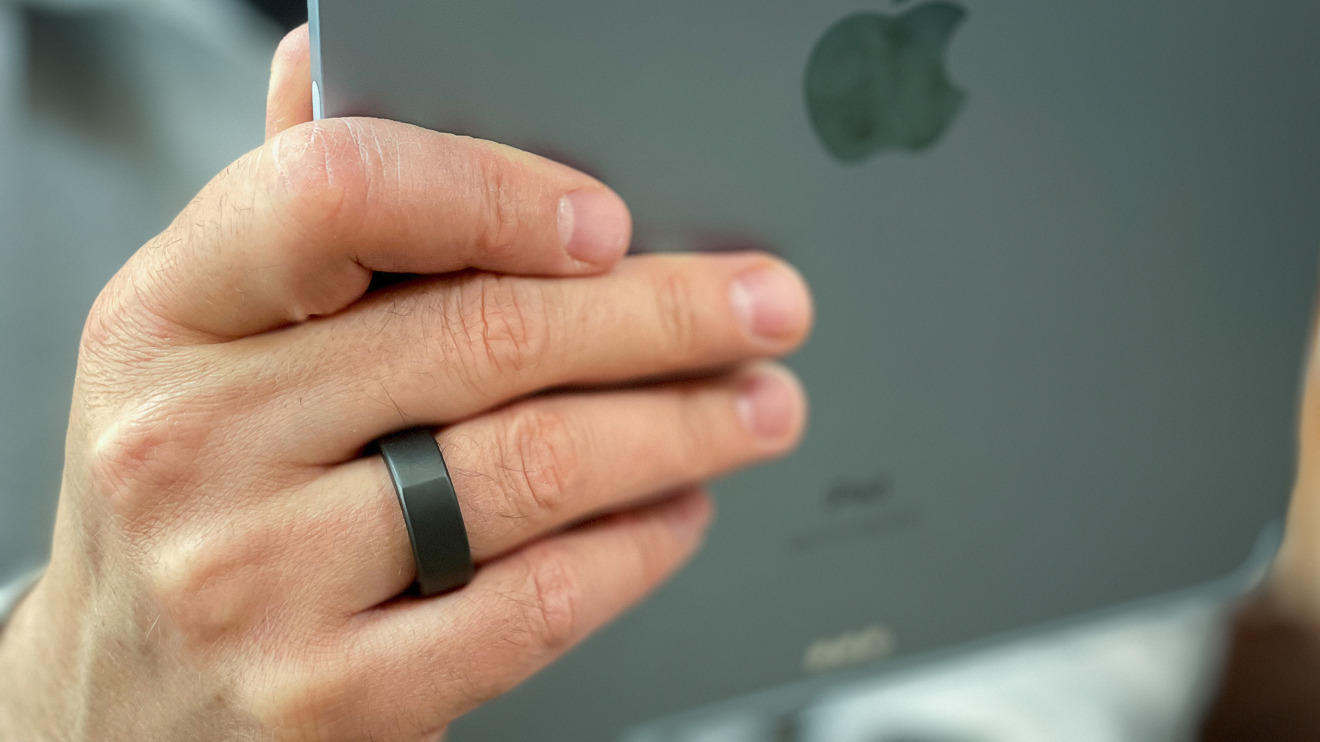
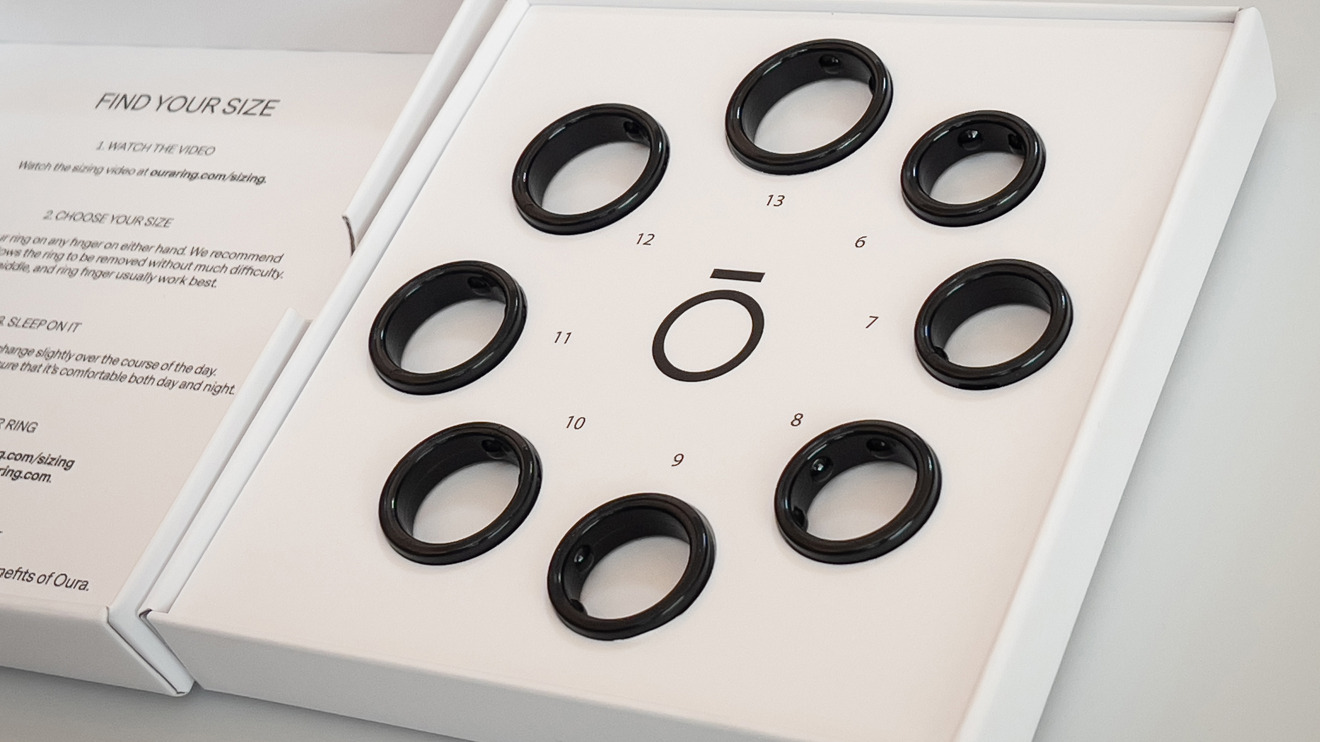
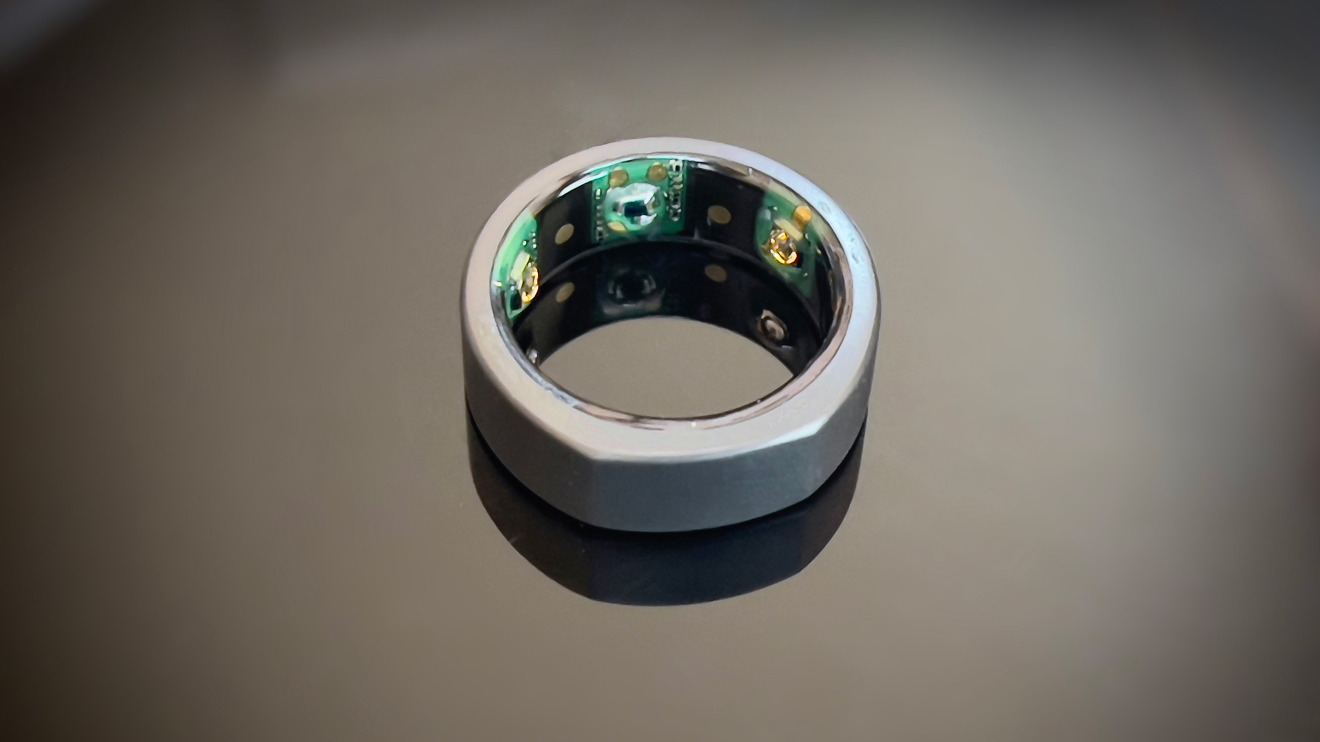
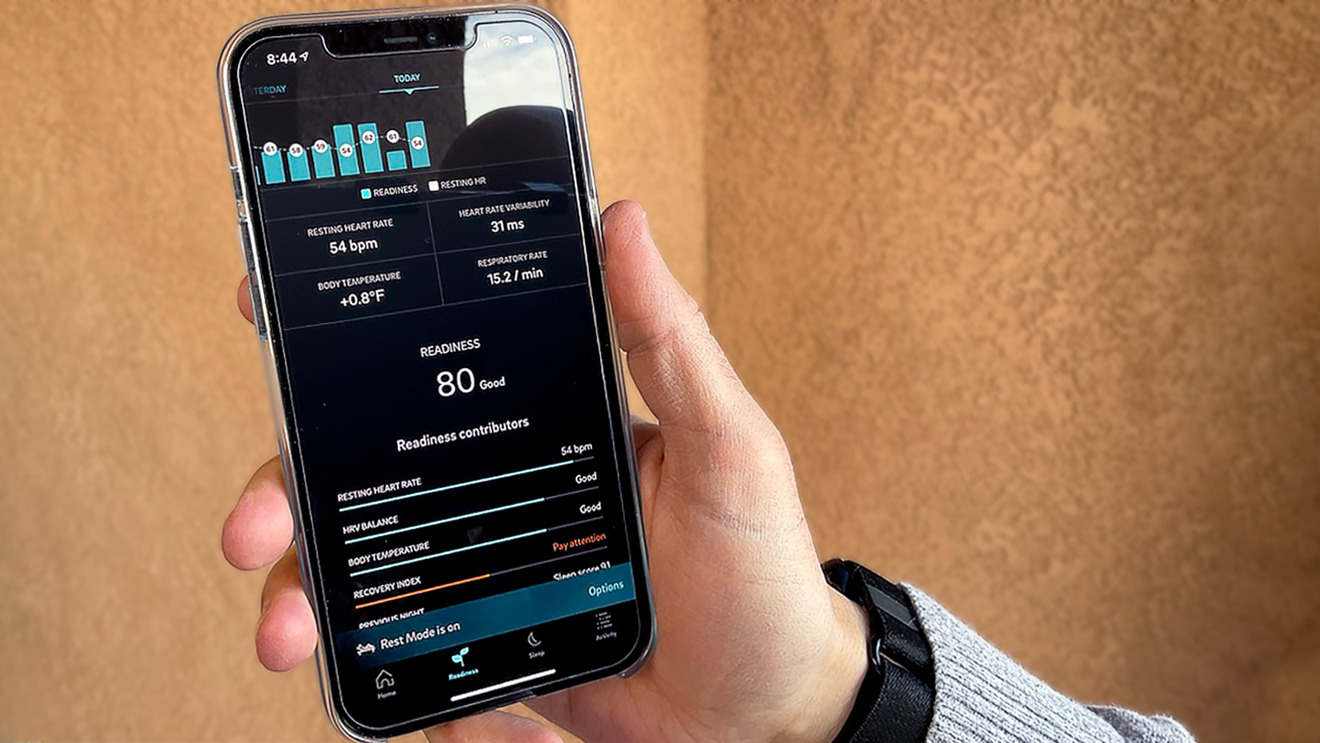
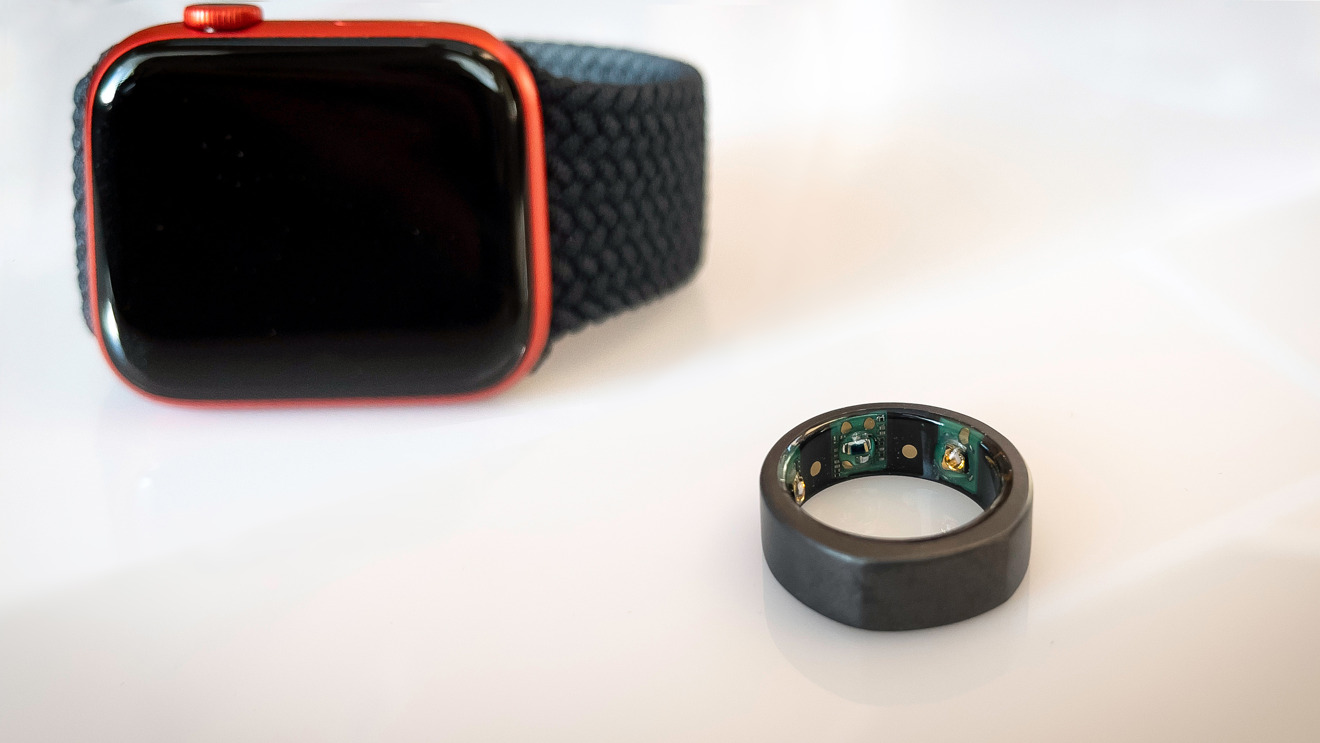
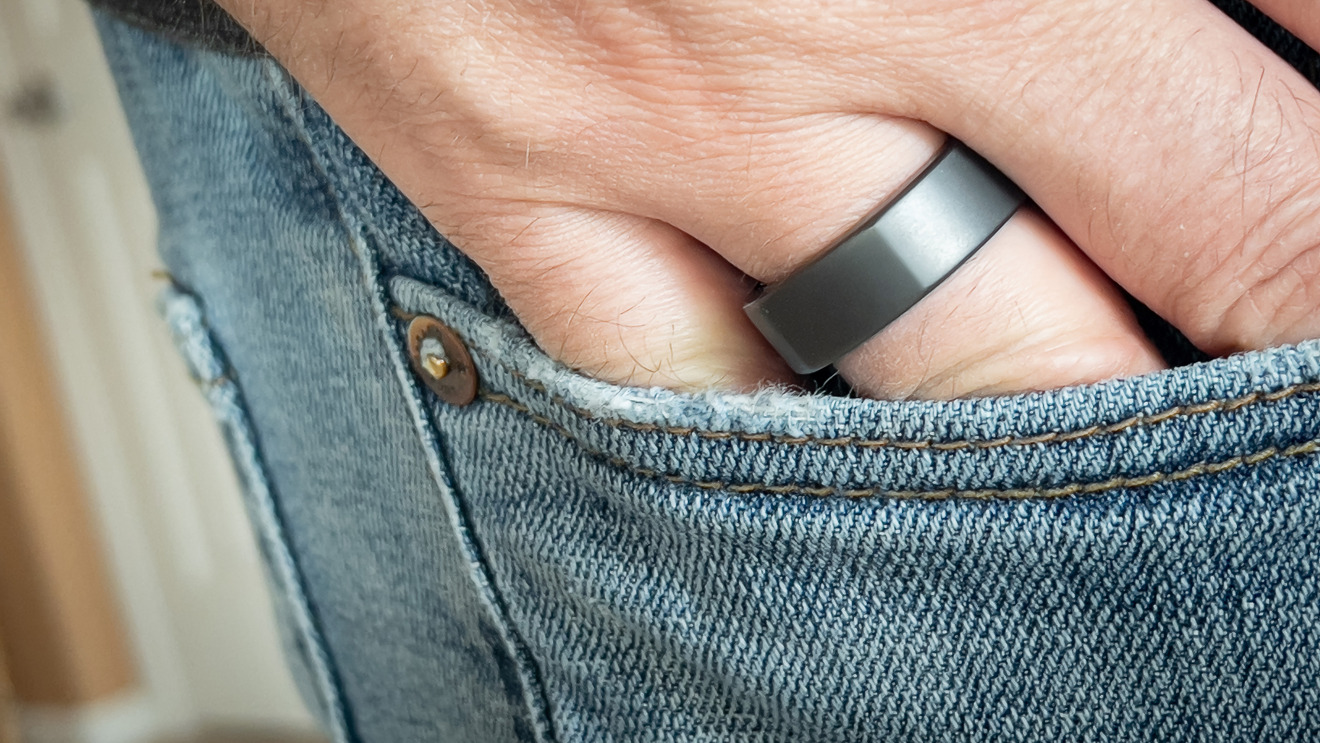
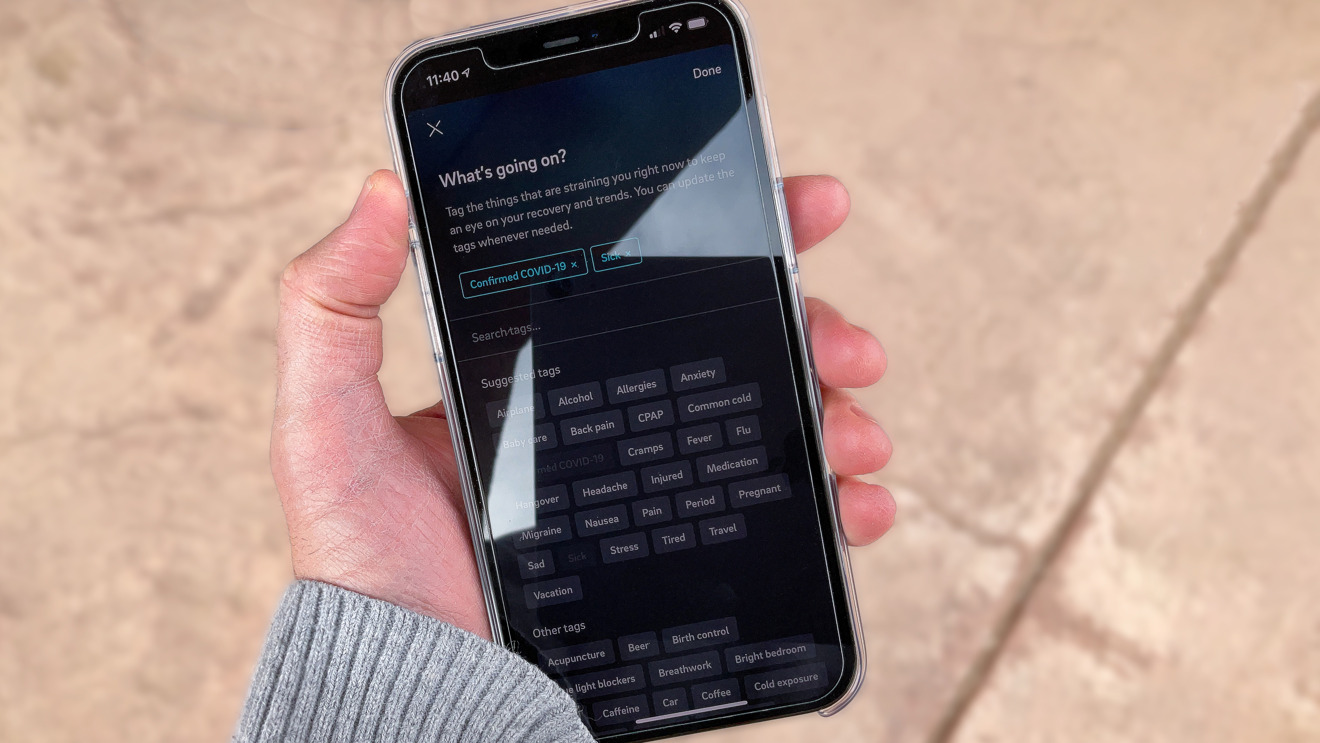
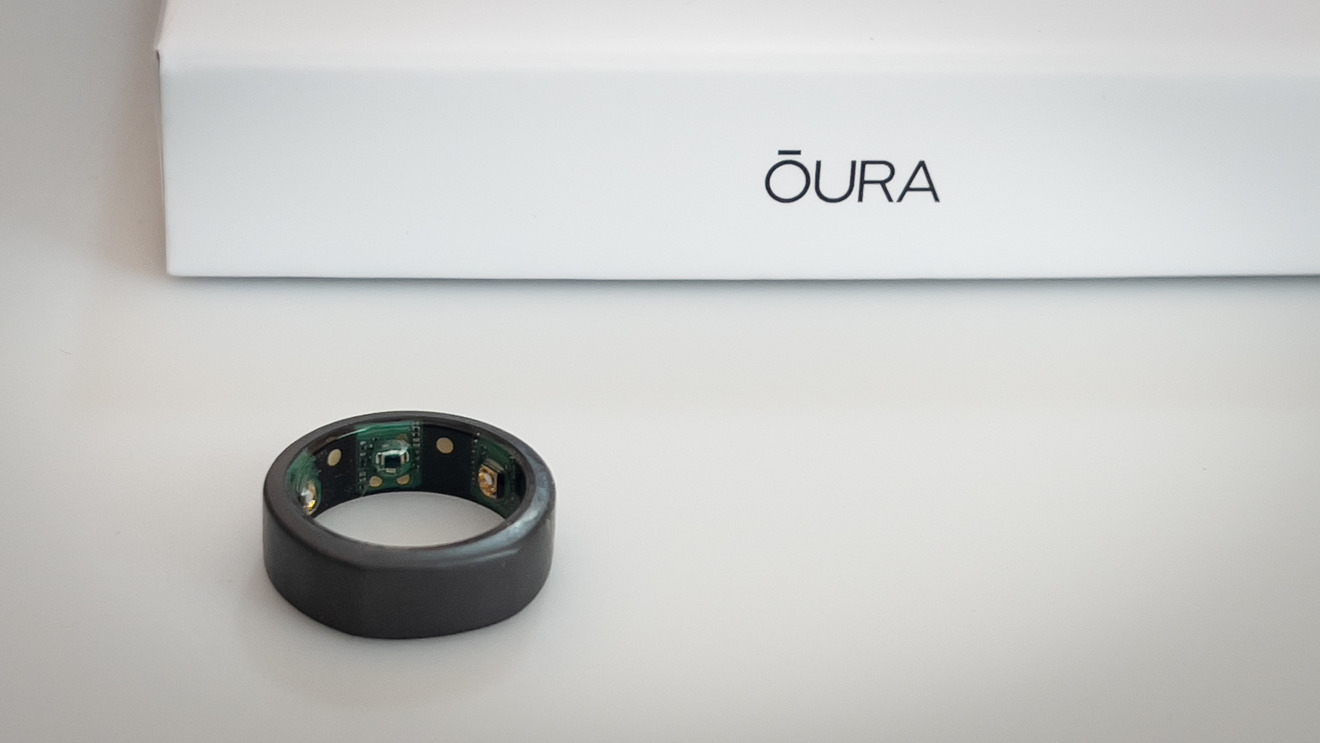




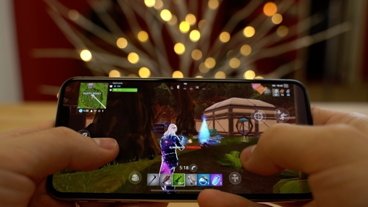






 Chip Loder
Chip Loder
 Andrew Orr
Andrew Orr
 Christine McKee
Christine McKee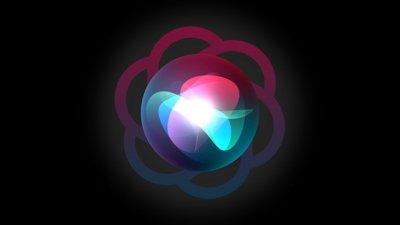
 Marko Zivkovic
Marko Zivkovic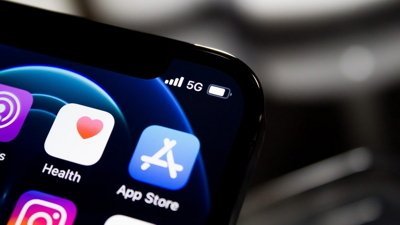
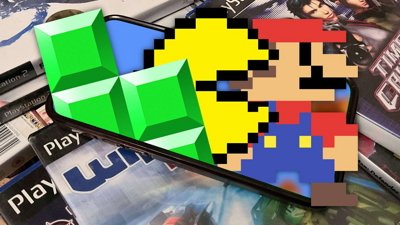
 Mike Wuerthele
Mike Wuerthele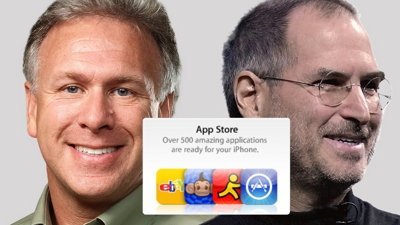
 William Gallagher
William Gallagher